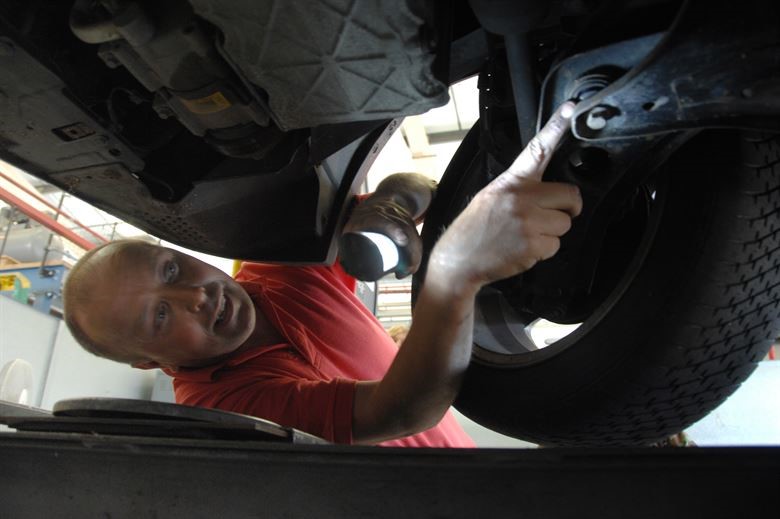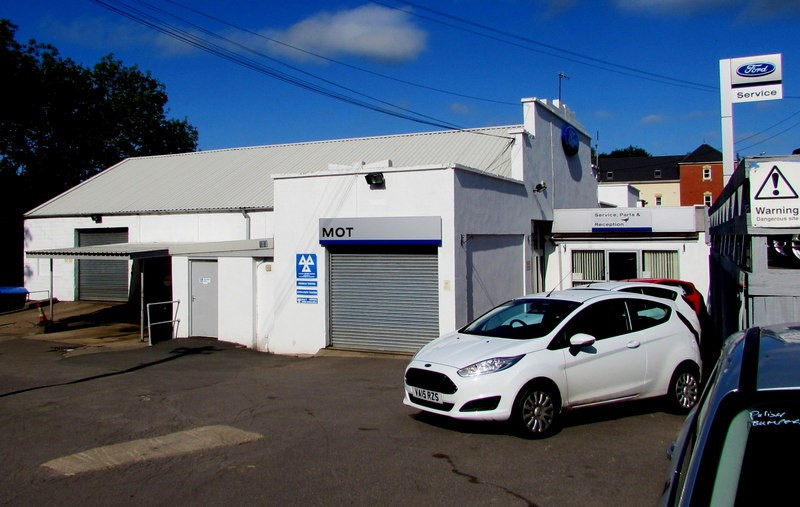The annual roadworthiness test for cars over three years old is an essential safety measure, but it can throw up some unpleasant surprises. Fortunately, there are some simple checks that you can undertake before the test to boost the chances of your car passing.

Image Credit
Let there be light
It’s always a good idea to make sure your lights are working. Checking them before you take the car for a test only takes a few minutes, and the cost of a bulb could save you from a failure.
Wash and wipe
Your windscreen wipers and washers are another simple thing to check. If your wiper blades are worn or smearing, you can easily replace them yourself; blades are available from most accessory shops. Make sure the washer bottle is topped up and the jets are properly adjusted.
Check your tyres
Having your tyres properly inflated ensures that your car handles well and aids fuel economy. You should also check the tread for wear. There should be at least 1.6mm across the width of the tyre. Modern tyres have wear indicators built in that show up as a bar across the tread when the tyre reaches the limit. If you are in Gloucester MOT garages like swiftfit.uk.com/gloucester-mot can advise on whether your tyres are safe.

Image Credit
Check the oil
Having the right level of oil in your engine is vital to your car’s smooth running. Always make sure the car is on level ground when you perform this check. Pull the dipstick out, wipe it clean, reinsert it and then pull it out again. The oil level should be between the Minimum and Maximum marks.
Clean plates
Make sure that your number plates are clean and not damaged or cracked. There are rules concerning the shape and style of plates, what extra symbols they can display, the font used and the spacing of characters. You risk your car failing the MOT if it does not comply with these requirements.
Sounding off
Finally, make sure that the horn works. If it does not beep when you press the button, it will lead to a MOT failure. Horns are usually located behind the grille at the front of the car, and a failure to work can be something as simple as a dirty connection.